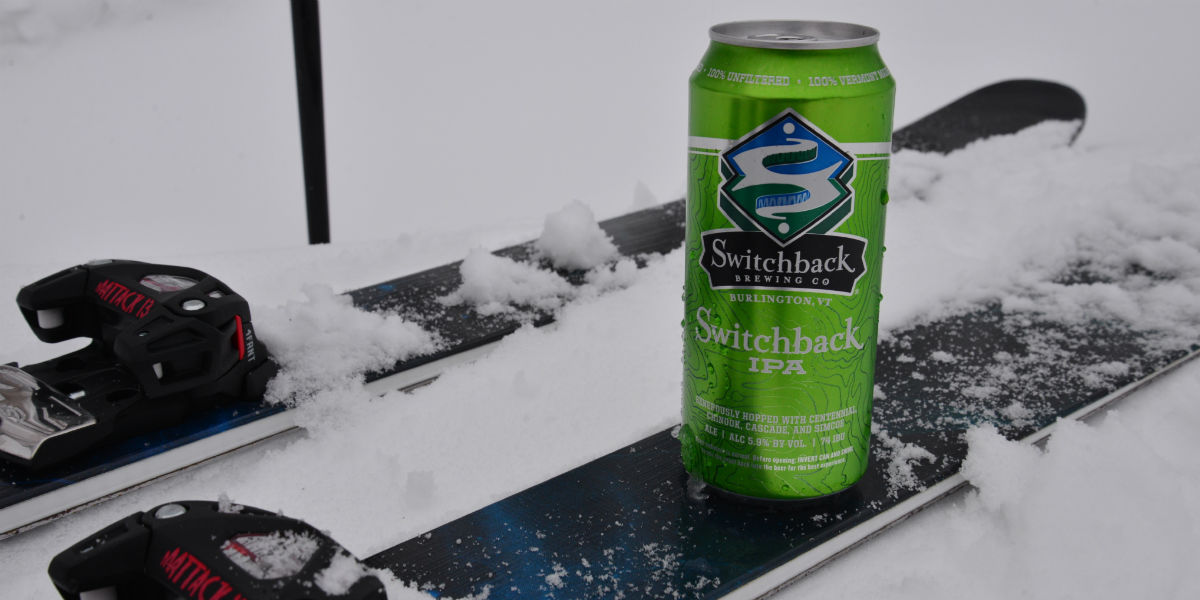
As a homebrewer, one of the most essential tasks in maintaining your brewing system is cleaning your keezer draft lines. It’s easy to forget about the lines since they’re hidden out of sight, but dirty lines can have a major impact on the quality of your beer. I’ve found that taking the time to clean all your keezer draft lines at once can ensure that every pint poured from your system tastes fresh and clean. In this article, I’ll guide you through the steps to clean your draft lines efficiently, so you can maintain your brewing system and enjoy the best possible beer.
Why Cleaning Your Keezer Draft Lines is Important
You may wonder why cleaning the draft lines is so important. Over time, beer residue, yeast, and bacteria can build up inside your lines, especially if you’re regularly switching between different beers. This can result in off-flavors that can ruin the taste of your freshly brewed beer. More importantly, if left unchecked, microbial growth can develop inside the lines, leading to contamination. By regularly cleaning your draft lines, you ensure that your system stays free from these problems and that each beer you pour is as clean and fresh as possible.
How Often Should You Clean Your Keezer Draft Lines?
The frequency at which you clean your draft lines depends on how often you brew and serve beer. If you have a keezer with multiple kegs, it’s a good idea to clean the lines at least every 2 to 3 weeks, especially if you’re rotating beers frequently. If you brew only occasionally, you should clean the lines after each keg is finished to ensure there’s no leftover residue. A quick cleaning routine can prevent flavor issues and prolong the life of your keezer system.
Steps for Cleaning All Your Keezer Draft Lines at Once
Cleaning your keezer draft lines at once may seem like a daunting task, but once you get the hang of it, it becomes a simple and straightforward part of your brewing maintenance. Here’s a detailed, step-by-step guide to help you clean all your keezer draft lines:
Step 1: Gather the Necessary Equipment
To clean your keezer draft lines properly, you’ll need a few essential tools:
- Beer line cleaner: This is specially formulated to break down beer residue and organic matter in your lines. There are many commercial beer line cleaners available that are designed to remove yeast, hop particles, and other buildup.
- Cleaning keg: A keg used specifically for cleaning purposes. If you don’t have a dedicated cleaning keg, you can use an old keg that’s no longer in use for brewing.
- Pressure source or cleaning pump: You’ll need something to push the cleaning solution through the lines. This could be a CO2 tank or a manual cleaning pump.
- Warm water: You’ll need water to mix with the cleaning solution and also to flush out the lines after the cleaning process is done.
- Faucet cleaning brush: Don’t forget to clean the faucet as well, since residue can build up there too.
Step 2: Disconnect Kegs and Remove Beer
Start by disconnecting all your kegs from the keezer. This ensures no pressure is left in the lines and makes the cleaning process easier. After disconnecting the kegs, pour any remaining beer from the lines by pulling a pint from each faucet. This clears out most of the beer left behind, making it easier for the cleaning solution to work.
Step 3: Prepare the Cleaning Solution
Now, prepare the cleaning solution. Mix the beer line cleaner with warm water according to the manufacturer’s instructions. Typically, a ratio of 1 ounce of cleaner per gallon of warm water is recommended. Be sure to stir or shake the solution to ensure it’s properly mixed and fully activated.
Step 4: Attach the Cleaning Keg
Next, attach the cleaning keg to the draft system. If you’re using CO2, simply connect the keg’s gas post to your CO2 tank. If you’re using a cleaning pump, attach the pump hose to the cleaning keg. Ensure all connections are tight to avoid any leakage during the process.
Step 5: Push the Cleaning Solution Through the Lines
Once everything is connected, it’s time to push the cleaning solution through the lines. If you’re using CO2, open the CO2 valve and apply some pressure to begin pushing the solution through the lines. If you’re using a manual cleaning pump, start pumping the solution through the lines. Let the cleaning solution flow through all the lines for about 15 to 20 minutes. Make sure it flows through each faucet to ensure every line gets cleaned.
Step 6: Let the Solution Sit
After the cleaning solution has flowed through the lines, allow it to sit for 10 to 15 minutes. This gives the solution time to break down any yeast, hop oils, or other organic material inside the lines. It’s important not to skip this step, as it ensures the solution has enough time to do its job effectively.
Step 7: Flush with Warm Water
Now it’s time to flush the lines with warm water. Connect a faucet or another keg to the lines and run warm water through to remove all traces of the cleaning solution. Be sure to flush the lines thoroughly, as any remaining cleaner can leave behind an unpleasant taste in your next brew. Flush for several minutes until you’re sure the lines are clean.
Step 8: Clean the Faucets
While the lines are being flushed, it’s a good time to clean the faucets. Use a faucet cleaning brush and warm water to scrub away any buildup inside the faucet. This will help ensure that no residue or contaminants remain in your system.
Step 9: Reconnect Kegs and Test the System
Once the lines are clean, disconnect all cleaning equipment and reconnect your kegs to the keezer. Test each faucet by pouring a pint of beer. If everything is clean and properly flushed, the beer should pour smoothly, without any off-flavors or aftertaste. If necessary, flush the system again with clean water to ensure the lines are completely free of any cleaner.
Conclusion
Learning how to clean all your keezer draft lines at once is a valuable skill for any homebrewer. With a little practice, it can become a regular part of your brewing maintenance routine. By ensuring that your draft lines are clean, you’ll preserve the quality of your beer, prevent microbial contamination, and extend the life of your keezer system. It’s an investment in your beer’s quality that will pay off with every pint you pour.




